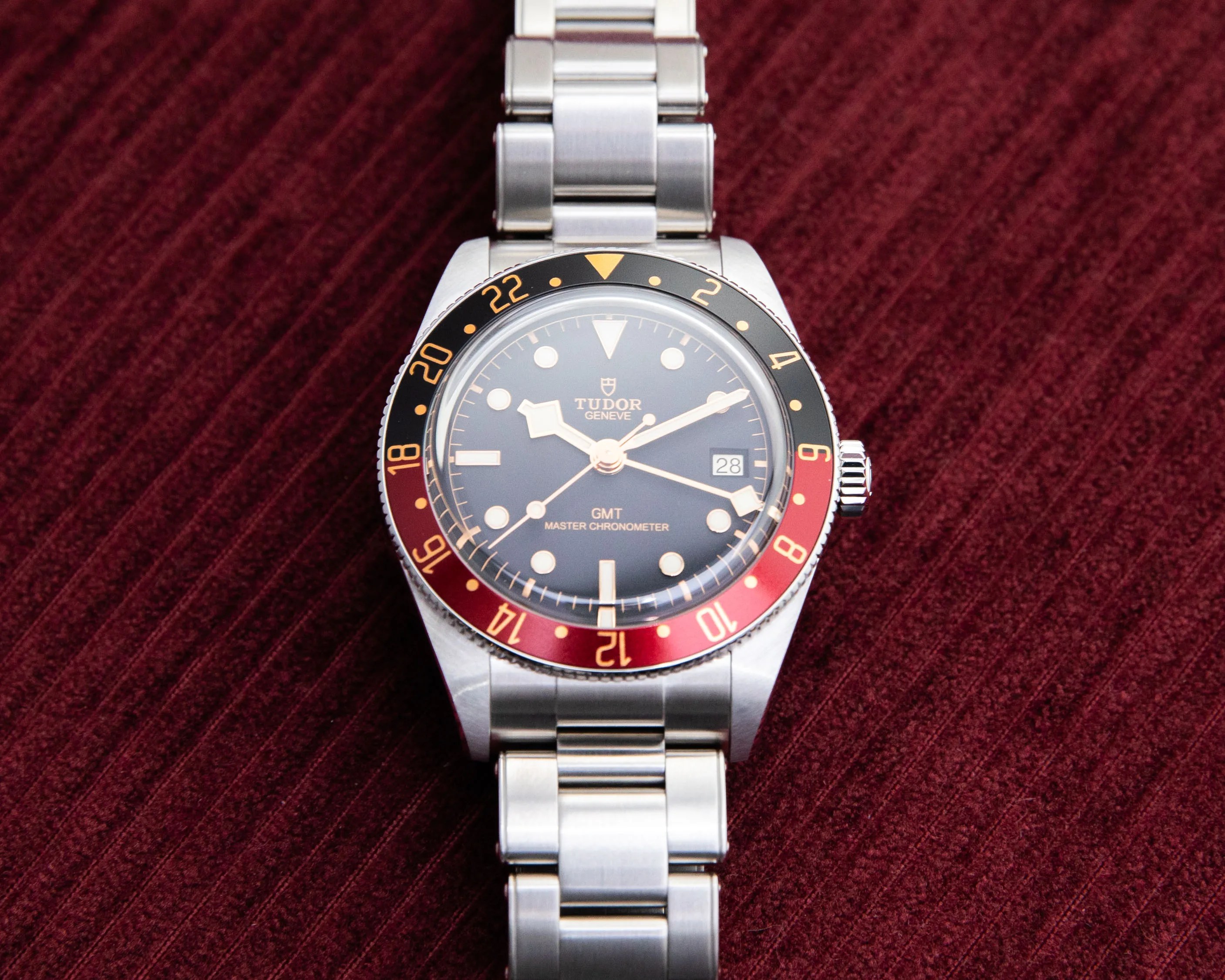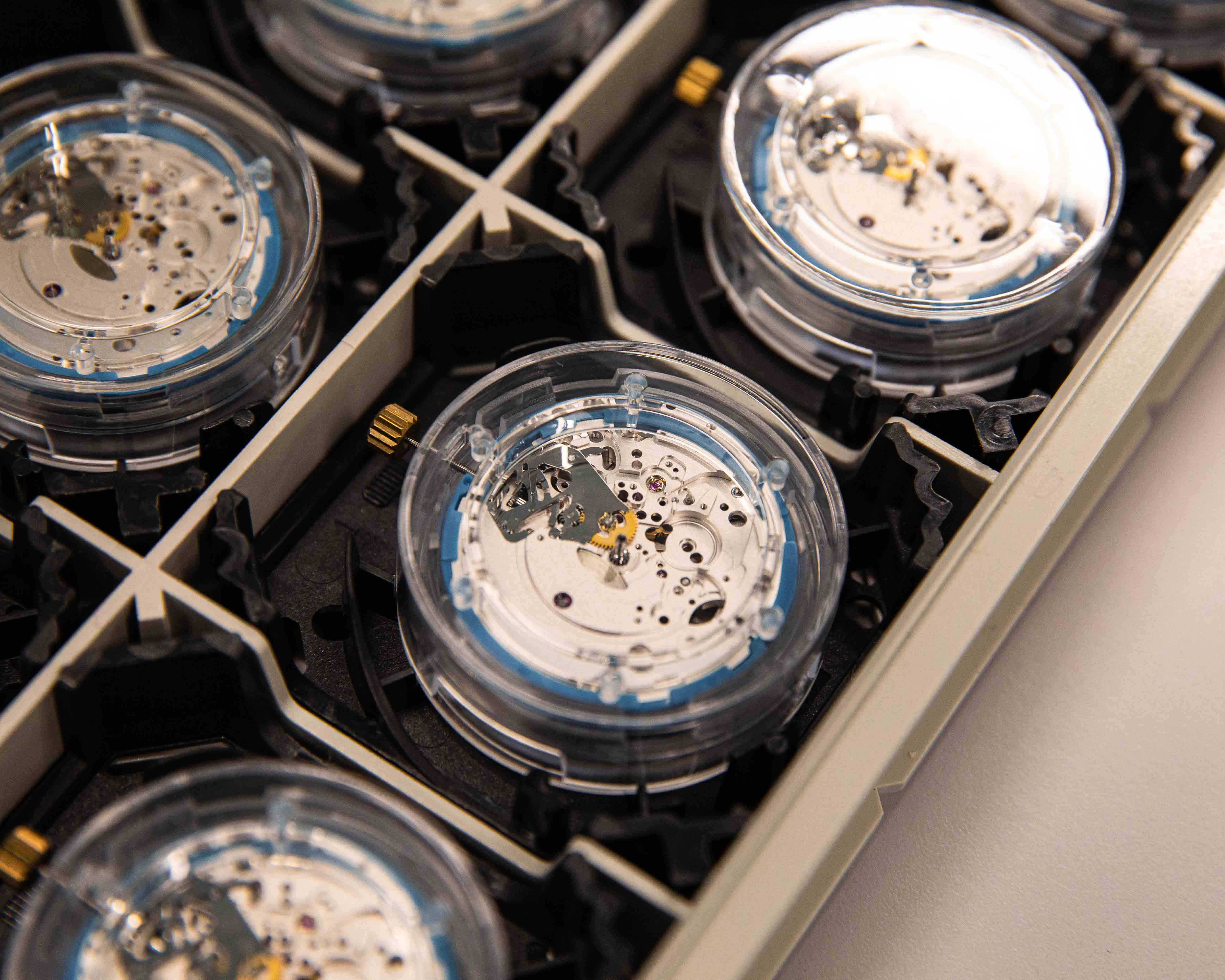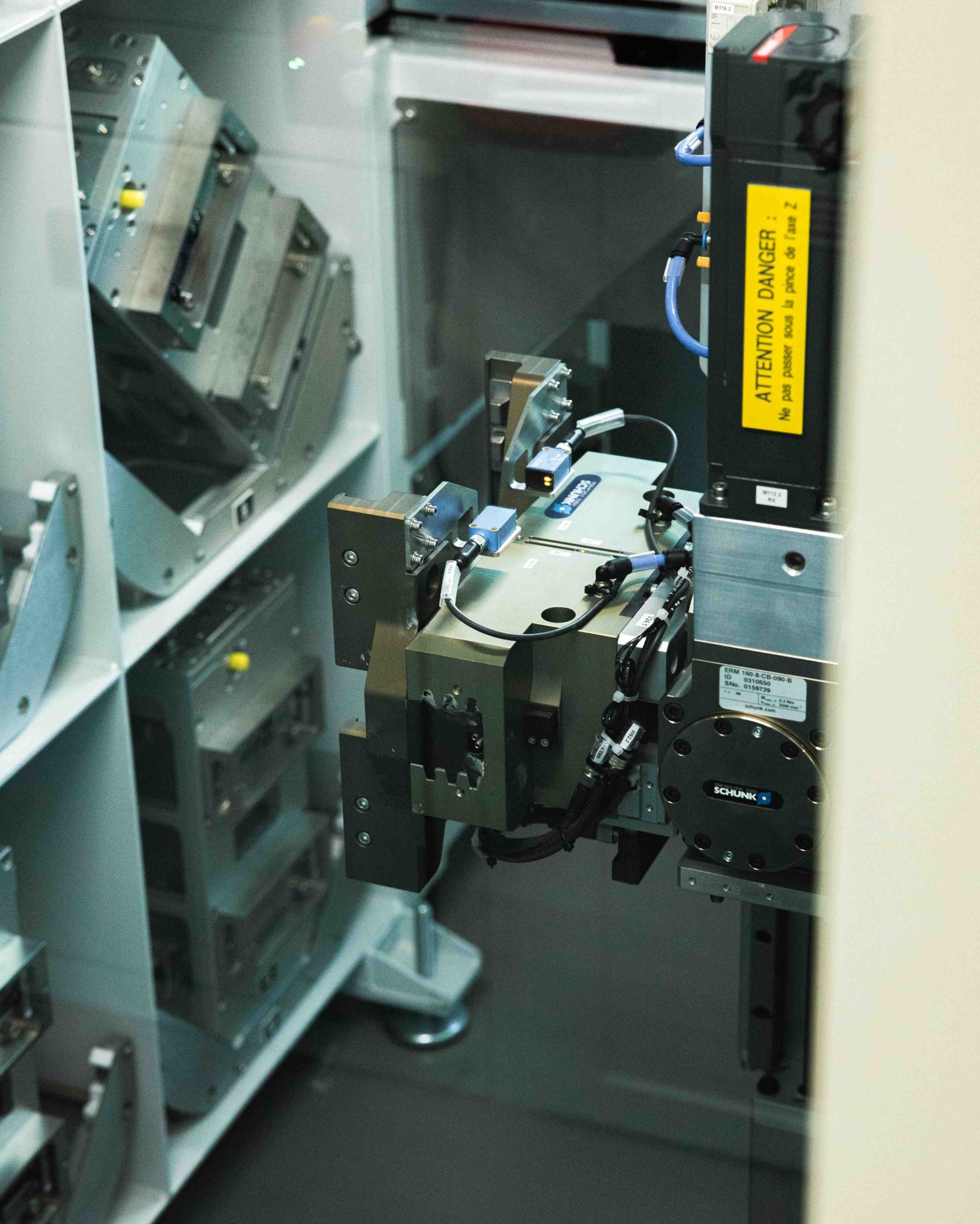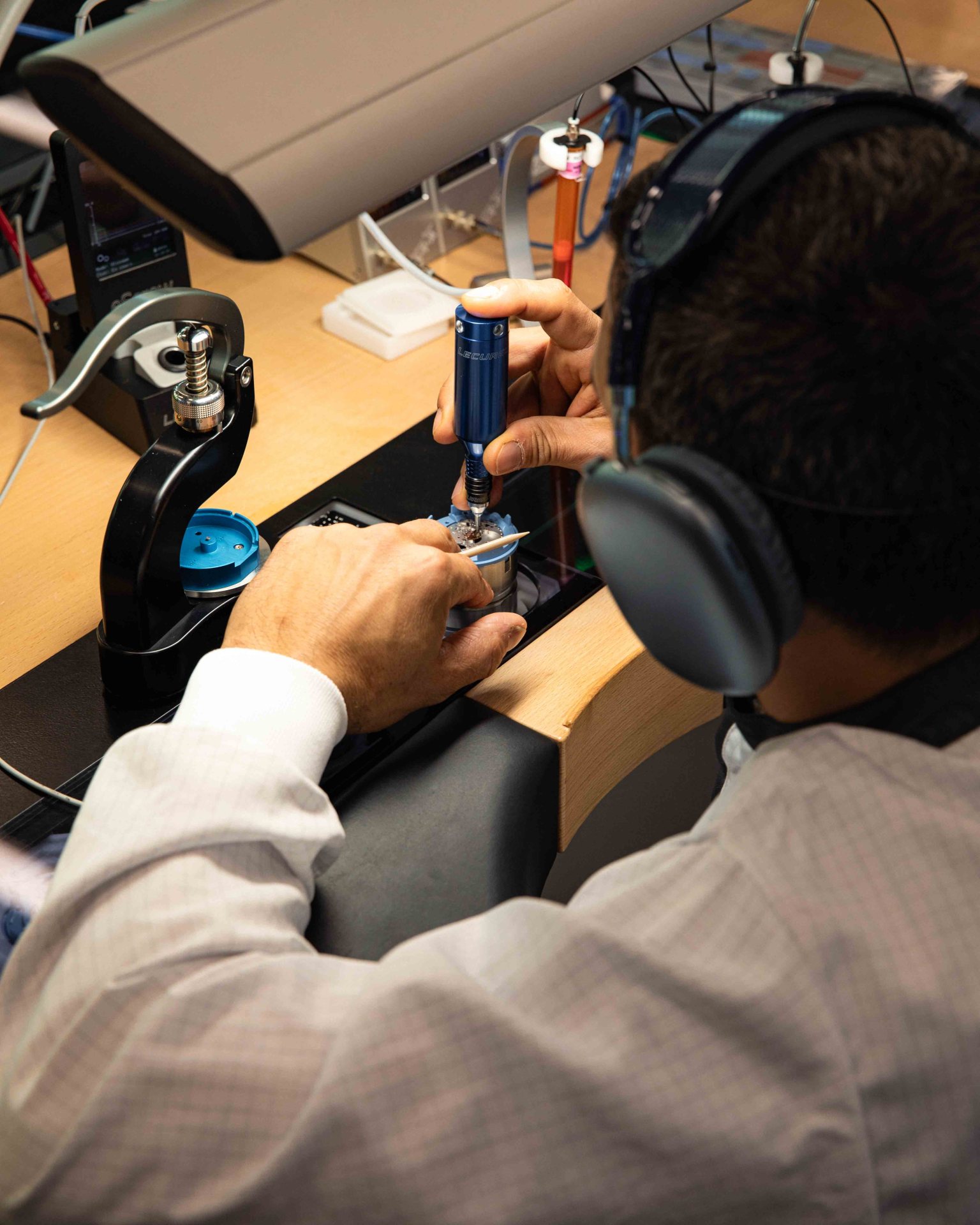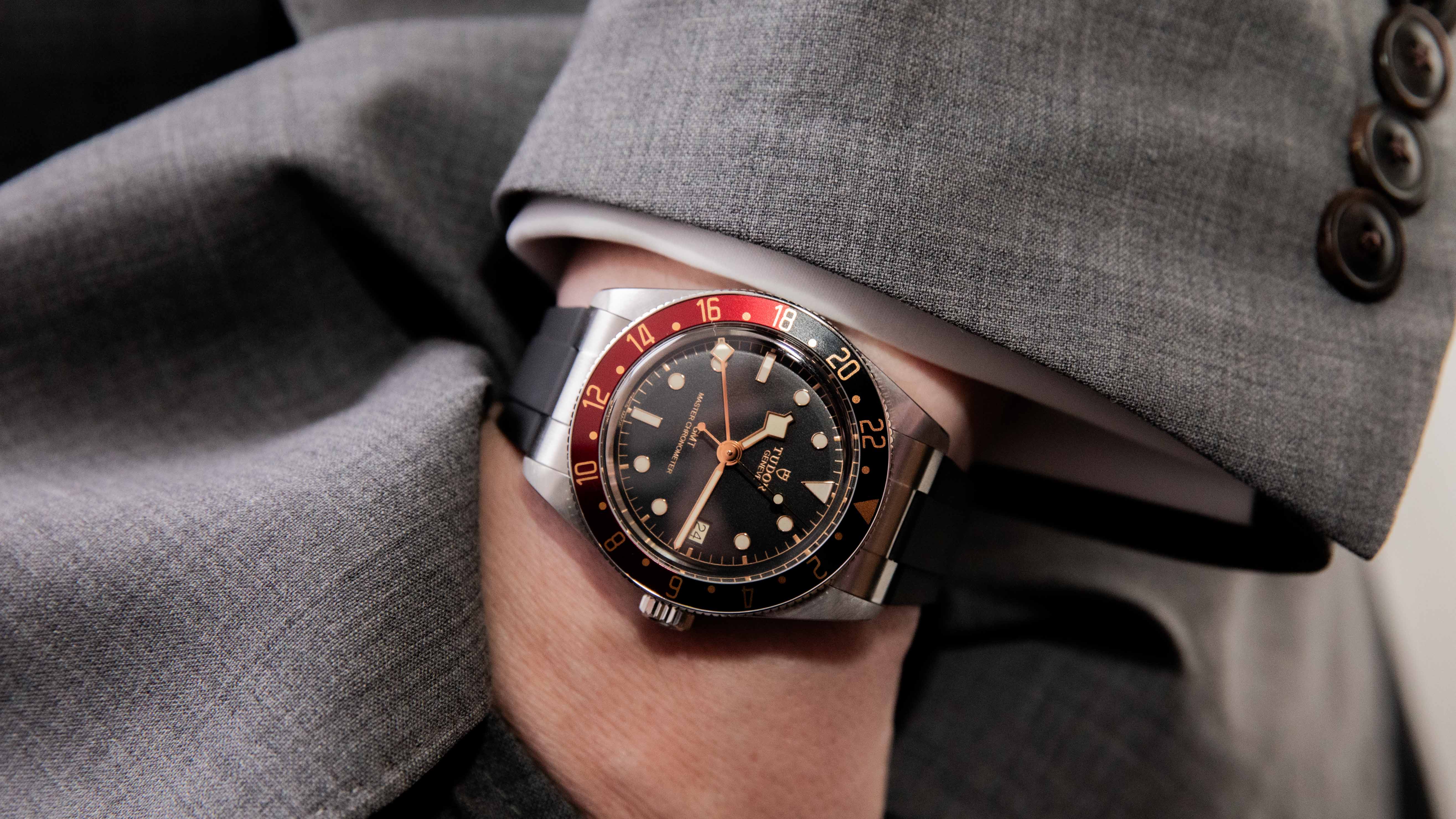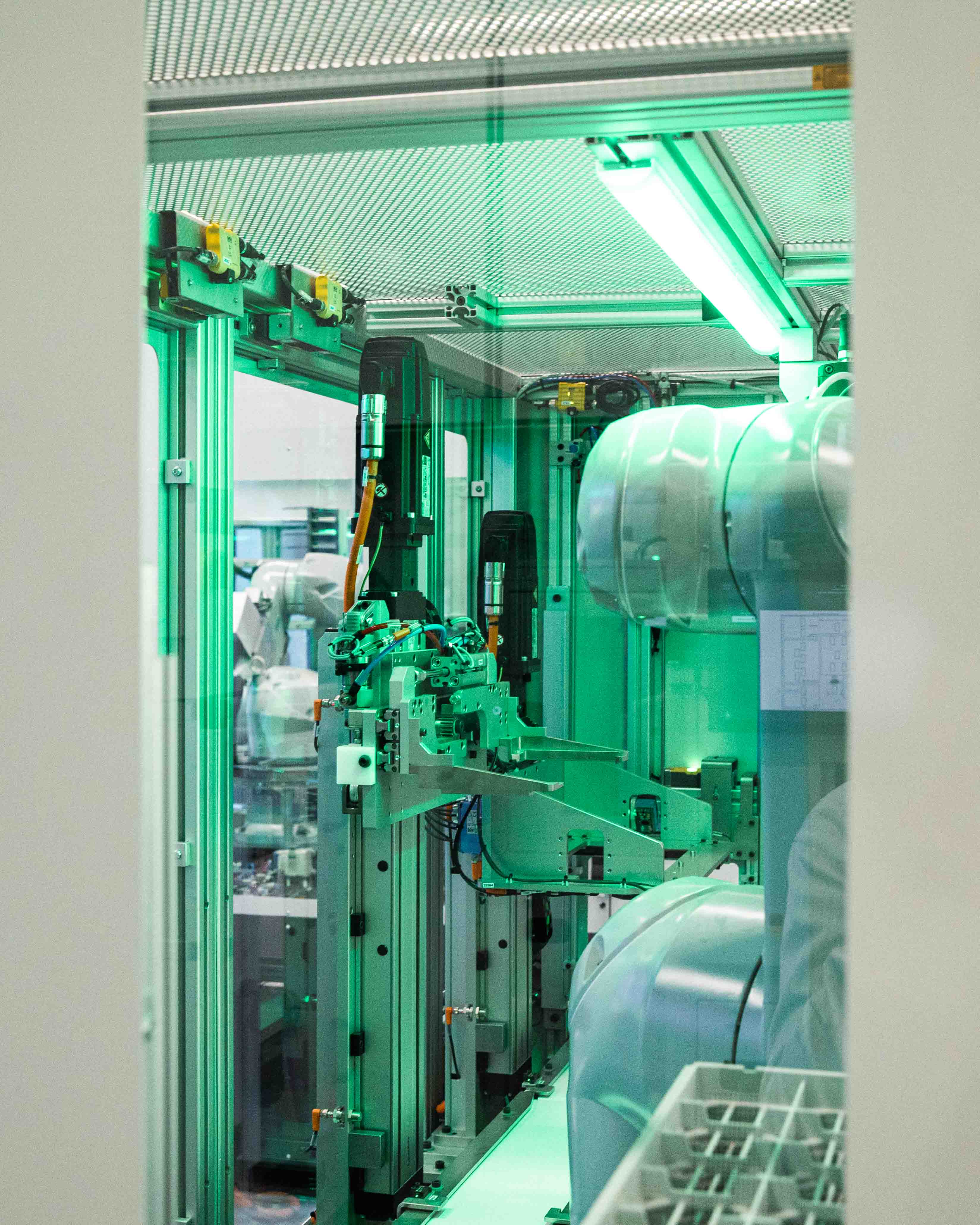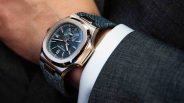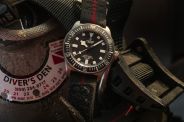The roots of Tudor watches go back nearly a century to 1926. The brand was started by Hans Wilsdorf, the same man who founded Rolex, who had wanted a second line of watches that could be sold at a lower price than his original, top-of-the-line brand. And for the vast majority of Tudor’s history, that’s exactly what the brand has represented: A more affordable alternative to Rolex watches.
Although Tudor is still wholly owned by its more famous big brother, these days the brand is so much more than simply a Rolex for people who can’t afford or obtain a Rolex.
With its own design language, its own iconic lines, its own movements and certifications, and, now, its own sparkling, state-of-the-art manufacture, Tudor is one of the most impressive luxury watchmakers in the game today — Rolex connection or not.
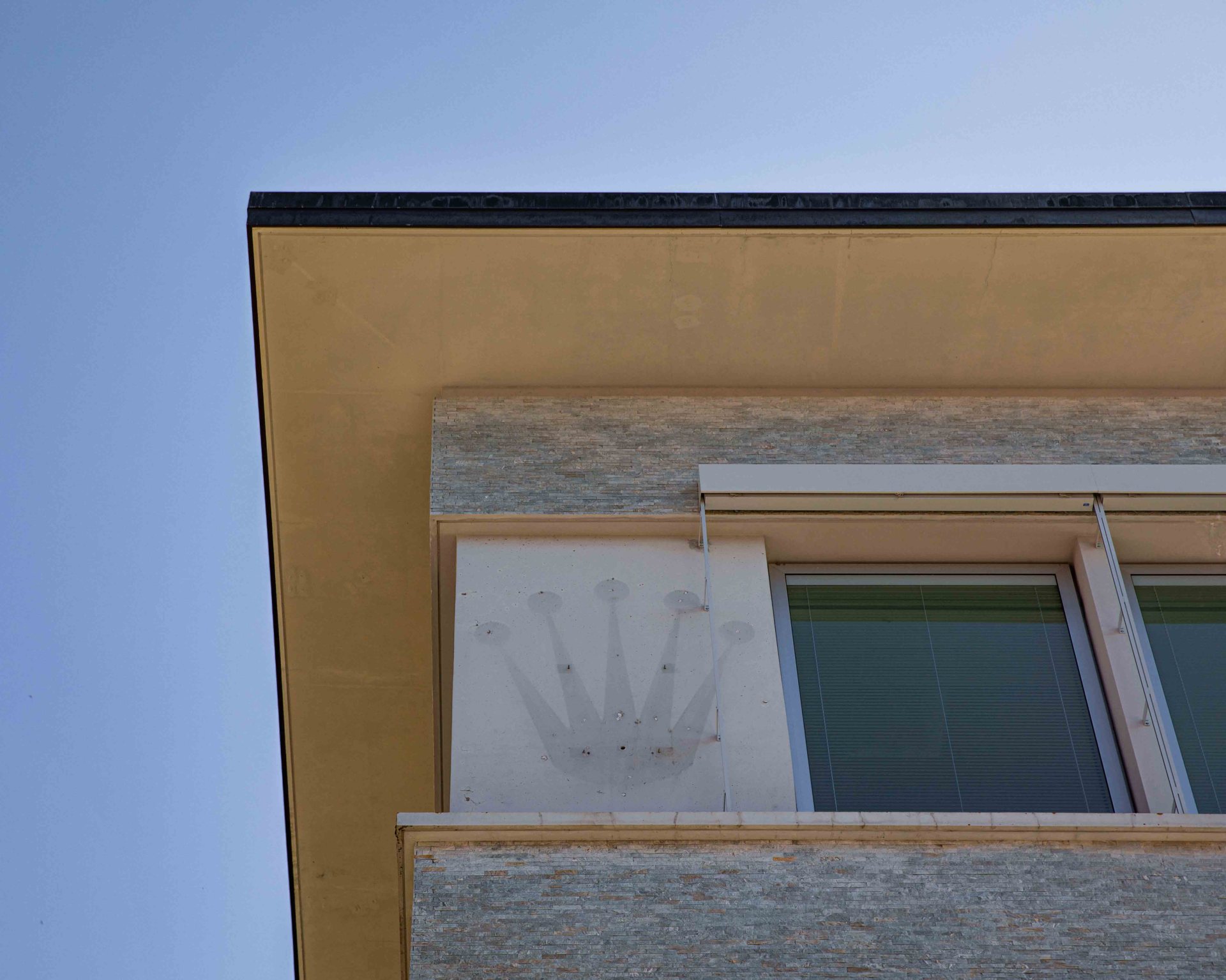
Are Tudor watches the same as Rolex watches?
There’s more to the difference between Tudor and Rolex watches than just the name. Everything from the way Tudor watches are made to their design to the brand’s attitude helps distinguish it from its parent company.
Where Rolex has a notoriously guarded and conservative image to maintain, modern Tudor has more freedom to be playful and creative. You’ll see designs from Tudor that you’d never see from Rolex, from the use of case materials like bronze and even silver to funky and unexpected designs like the carbon fiber Pelagos FXD chronograph.
